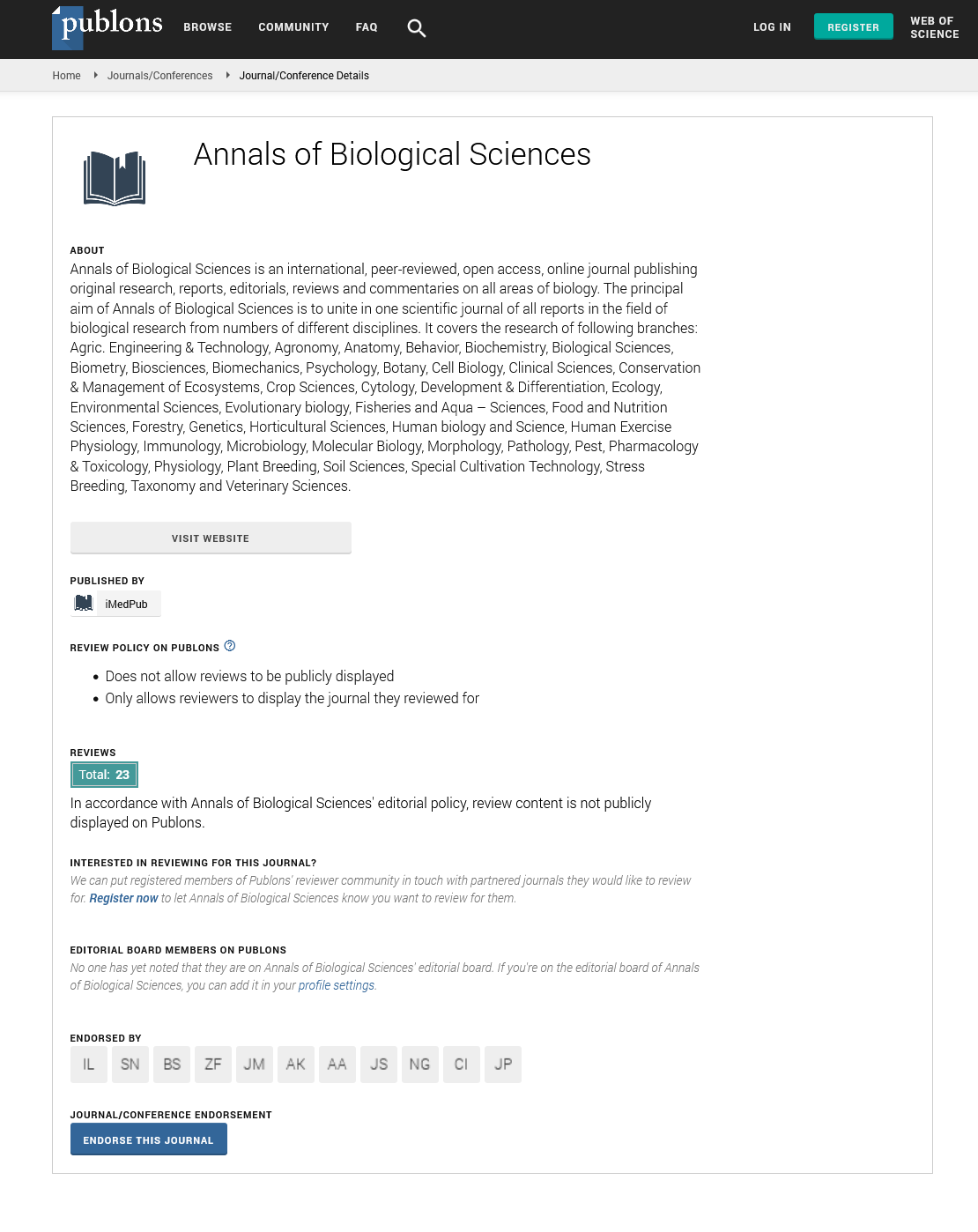Stem Cell Research
In multicellular life forms, undeveloped cells are undifferentiated or halfway separated cells that can separate into different kinds of cells and partition inconclusively to create business as usual immature microorganism. They are the soonest sort of cell in a cell lineage. They are found in both undeveloped and grown-up living beings, yet they have marginally various properties in each. They are typically recognized from ancestor cells, which can't partition uncertainly, and forerunner or impact cells, which are normally dedicated to separating into one cell type.
In warm blooded creatures, about 50–150 cells make up the internal cell mass during the blastocyst phase of early stage advancement, around days 5–14. These have undifferentiated organism capacity. In vivo, they in the end separate into the entirety of the body's cell types (making them pluripotent). This procedure begins with the separation into the three germ layers – the ectoderm, mesoderm and endoderm – at the gastrulation stage. Be that as it may, when they are disconnected and refined in vitro, they can be kept in the immature microorganism stage and are known as early stage undifferentiated organisms (ESCs).
Grown-up undifferentiated organisms are found in a couple of select areas in the body, known as specialties, for example, those in the bone marrow or gonads. They exist to recharge quickly lost cell types and are multipotent or unipotent, which means they just separate into a couple of cell types or one cell type.
High Impact List of Articles
-
Integrated Use of Flat Plate Solar Collector for the Dehydration Process of Fruit
Fahimullah Khan, Kang MinResearch Article: Annals of Biological Sciences
-
Integrated Use of Flat Plate Solar Collector for the Dehydration Process of Fruit
Fahimullah Khan, Kang MinResearch Article: Annals of Biological Sciences
-
Study of antimicrobial effects of some disinfectants on bacteria isolated from the operating theatre of Usmanu Danfodiyo University Teaching Hospital Sokoto, Nigeria
Obi C., Manga S.B., Atata R.F and Hauwa TResearch Article: Annals of Biological Sciences
-
Study of antimicrobial effects of some disinfectants on bacteria isolated from the operating theatre of Usmanu Danfodiyo University Teaching Hospital Sokoto, Nigeria
Obi C., Manga S.B., Atata R.F and Hauwa TResearch Article: Annals of Biological Sciences
-
Comparative aeromycological study of three libraries in Kamptee
Jayshree Thaware and Seema JawadeResearch Article: Annals of Biological Sciences
-
Comparative aeromycological study of three libraries in Kamptee
Jayshree Thaware and Seema JawadeResearch Article: Annals of Biological Sciences
-
Effects of Aluminium chloride exposure on the body weight of Wistar rats
Buraimoh A. A. and Ojo S.AResearch Article: Annals of Biological Sciences
-
Effects of Aluminium chloride exposure on the body weight of Wistar rats
Buraimoh A. A. and Ojo S.AResearch Article: Annals of Biological Sciences
-
Antimalarial Activity of Yaoundamine a Naphthyl Iso-quinoline Alkaloid, Extracted from Stem of Ancistrocladus heyneanus
Anil Karn, Ashmi Mewada, Maheshwar Sharon and Madhuri SharonResearch Article: Annals of Biological Sciences
-
Antimalarial Activity of Yaoundamine a Naphthyl Iso-quinoline Alkaloid, Extracted from Stem of Ancistrocladus heyneanus
Anil Karn, Ashmi Mewada, Maheshwar Sharon and Madhuri SharonResearch Article: Annals of Biological Sciences
Relevant Topics in General Science
Google Scholar citation report
Citations : 406
Annals of Biological Sciences received 406 citations as per Google Scholar report
Annals of Biological Sciences peer review process verified at publons
Abstracted/Indexed in
- Google Scholar
- China National Knowledge Infrastructure (CNKI)
- WorldCat
- Publons
- ROAD
- Secret Search Engine Labs
Open Access Journals
- Aquaculture & Veterinary Science
- Chemistry & Chemical Sciences
- Clinical Sciences
- Engineering
- General Science
- Genetics & Molecular Biology
- Health Care & Nursing
- Immunology & Microbiology
- Materials Science
- Mathematics & Physics
- Medical Sciences
- Neurology & Psychiatry
- Oncology & Cancer Science
- Pharmaceutical Sciences
